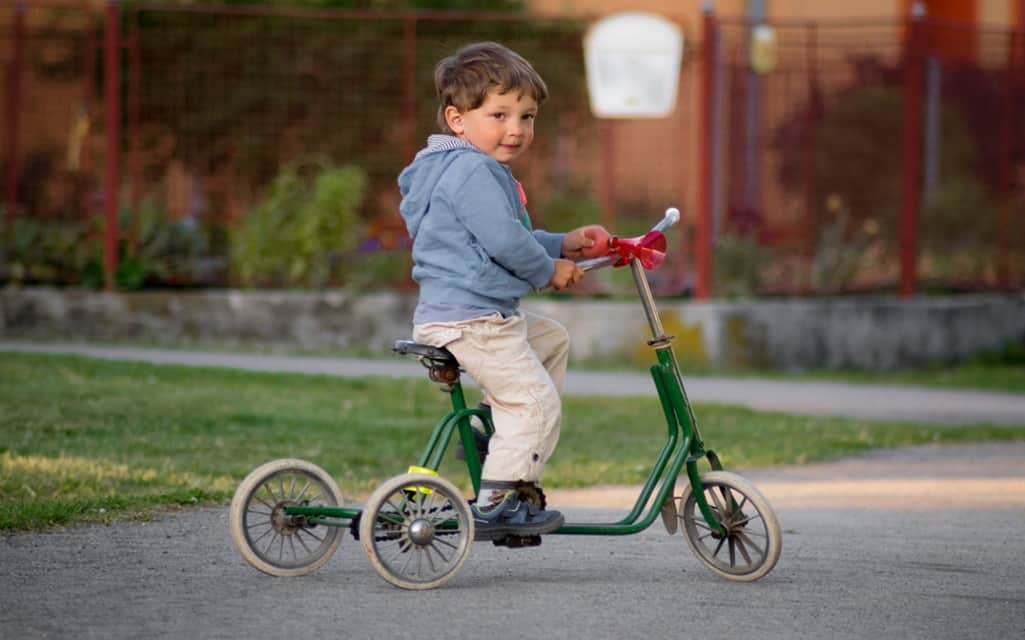If your child is seeking thrill and adventure and loves to spend time outdoors, a kid’s quad bike is the perfect vehicle. While dirt bikes are a lot of fun, for a beginner, balancing debris in a bike can be very tough; quad bikes consist of 4 chunky, sturdy wheels, so they are well aligned, making the biking experience much stress-free right from the get-go.
While there’s no doubt that a quad bike is much more relaxing to get the hang of than a child’s dirt bike, beginners must select the right bike for their offspring. The best news is that there are many choices available on the market, so all children stand a good chance of discovering the ideal quad bike. Therefore, with so diverse that makes and models available, the selection can seem overwhelming. With this in consideration, we will look at some of the most imperative factors to be considered when picking a bike and the information you’ll need to decide before purchasing the bike. The trikes new zealand are creating a new generation of classic children’s designs.
1. Picking The Right Size Quad Bike
If you are selecting the first kids quad bike for your child, it’s very important to select the right size bike. While it’s pretty alluring to buy the bike that will last the longest and let your offspring grow into it, safety has to be the first and foremost priority. In terms of the bike’s dimensions, a child needs to comfortably reach the footpegs with a better bend in their knee when they sit on it.
Selecting to buy a kid’s quad bike where a child’s feet can only reach the pegs can be hazardous, as they will not be as safe on the bike as they should be. Selecting the bike is safe and comfortable.
Your child’s weight is also a crucial factor. First of all, your child is required to be under a particular quad bike’s weight limit. A kid that is too heavy for a quad bike will affect the act and the alignment of the bike. As a result, a rider that is too light for a specific bike may have problems controlling it.
2. How Powerful Is Required The Quad Bike To Be?
For a beginner and an expert, you are required to select a lower-powered quad bike. To illustrate, for a quad bike with a petrol engine, that would be ideal for young, new riders. Regulated speed is also significant to help increase safety. The child’s bikes need to be regulated to diverse speed modes depending on experience and age.
3. Taking Proper Training
Once you find the aptest squad bike for your kid and get the gear, it’s time to think of safe riding. It’s not enough to hop on and make the bike go. It’s not going to fall over if you try to take off, but your kids are required to learn how to turn, stop, and even move again quickly during a turn. There’s a lot to consider when it comes to riding a quad, and tips are a good place to start.
4. The Initial Riding Hours
It’s always wise to initiate out slow and easy until you get familiar with controlling a quad bike. The controls are the same from one model to further, with a handbrake that stimulates the front brakes and a thumb brake on the right handlebar. A few left handlebars come with a clutch, and the rear brakes need to be applied with the right foot whereas shifting the left foot.
Once your child is used to the bike, the controls, and how to operate everything, they’re ready to start opening up deliberately.
For new riders, it’s significant to remain as focused as possible on what you are doing and where you are going. Never overdrive if your brakes are not properly aligned. If your kids practice starting, stopping, and turning until it comes easily. Seat time is the best way to incline the riding ability.
5. Optimizing The Start Riding
The further step is to buy your kids racing quad bikes. But ensure you need to be sure before you let that happen. It’s a very loving sport, but it can be costly! Before your little one obliges to racing, chat with other individuals and offspring’s that race, specifically those that race quad bikes. It’s a rather diverse sport in contrast to other sorts of racing since quads are open-wheeled, heavy, and have a nasty habit of landing on the rider when there’s an unintentional dismount.



